Bitcoin’s Struggles in Global Market Alignment and Future Potential
Bitcoin has encountered challenges in aligning with the recovering global market trends, prompting debate amongst experts and traders. While some fundamentalists argue that Bitcoin’s bullish trajectory has come to a standstill, technical indicators present a contrasting perspective. For instance, the Stochastic oscillator indicates that Bitcoin (BTC) currently resides in an overbought zone with a reading of 82 on a scale from 0 to 100. This was particularly evident following the halving event in April 2024, which historically has driven bullish performance in the cryptocurrency. However, the post-halving period has been marked by downturns, resulting in increased retail investment during dips. This influx has contributed to the overbought condition, which coupled with profit-taking, has weakened upward momentum.
Despite a recent 5% increase, there is uncertainty surrounding Bitcoin’s ability to maintain this growth. Despite a rise in both retail and whale participation since April, BTC has struggled to hold above the $70,000 mark. Analyses from the Moving Average Convergence Divergence (MACD) histogram and the Ichimoku cloud suggest that a potential sell-off may occur in the near future, casting doubt on Bitcoin’s immediate prospects.
The sentiment among cryptocurrency enthusiasts is one of optimism regarding alignment with global recovery trends. However, experts caution that such alignment remains a distant possibility. Investors show a willingness to embrace potential medium-term bullish momentum, driven largely by the anticipation of regulatory developments worldwide and a potential Federal interest rate cut mid-September. Should reports of a 0.50% rate cut materialize, it may serve as a catalyst for renewed upward momentum across the cryptocurrency sector, influenced by reduced costs associated with fixed-income assets, signaling an end to financial tightening.
In comparison to the global market, the S&P 500 index has been approaching its peak levels, while Bitcoin has experienced a 16% decline since June, affecting its risk profile. Despite the upward movement prompted by recent remarks from Federal Reserve Chair Jerome Powell, Bitcoin’s market dynamics have remained largely sideways since mid-July. Traditional investors in assets like gold and equities typically benefit from dividends and the opportunity to absorb losses through buying strategies, an advantage that cryptocurrencies currently do not present.
The challenges Bitcoin faces in becoming a mainstream financial instrument stem from its limited utility in conventional transactions. This limitation has adversely impacted its adoption rate among retail investors. Furthermore, Bitcoin exchange-traded funds (ETFs) and exchange-traded notes (ETNs) collectively manage approximately $66 billion, significantly less than the $246 billion managed by global gold ETFs, highlighting Bitcoin’s relative infancy in the realm of traditional financial tools.
It is imperative to analyze Bitcoin’s inability to align with overarching market sentiments in a nuanced way. Investors should recognize that Bitcoin’s unique characteristics lead to varying performance that does not consistently mirror macroeconomic trends. Despite recent setbacks, Bitcoin remains a viable long-term wealth preservation tool. With the impending U.S. Presidential election in November, candidates’ favorable views on Bitcoin and cryptocurrencies should provide reassurance to investors concerned about fiscal stability. Additionally, the expected influx of spot Bitcoin ETFs may pave the way for renewed momentum in the cryptocurrency market, underscoring increasing interest in Bitcoin amidst current challenges.
In conclusion, while the interplay between Bitcoin and global market trends presents both challenges and opportunities, it is evident that the cryptocurrency still holds potential for investors willing to navigate its inherent volatility. Through a critical understanding of its distinct position within the financial landscape, stakeholders can better exploit its advantages moving forward.
This analysis was articulated by Roshan Aslam, Founder & CEO of GoSats.
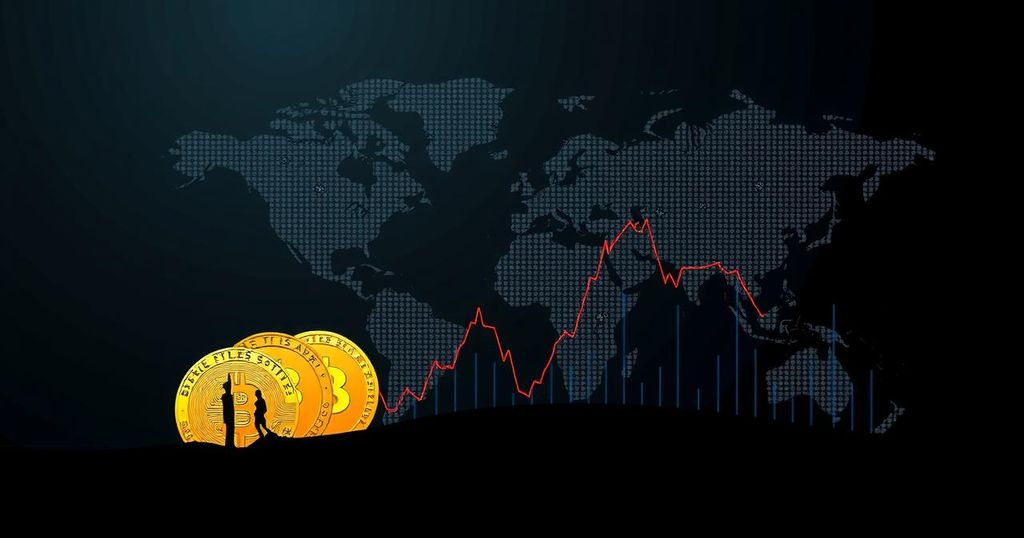


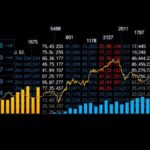
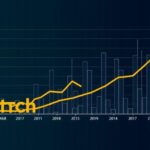

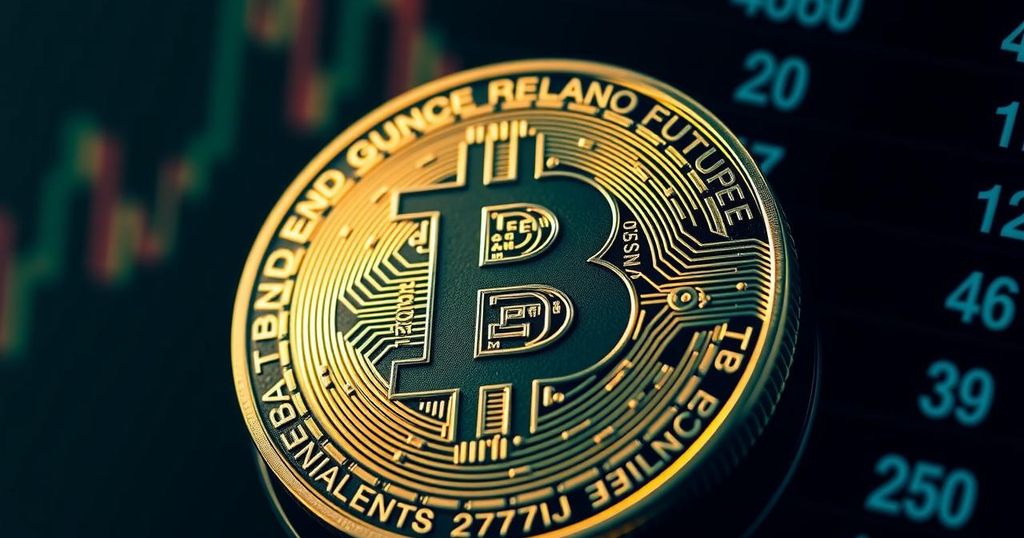
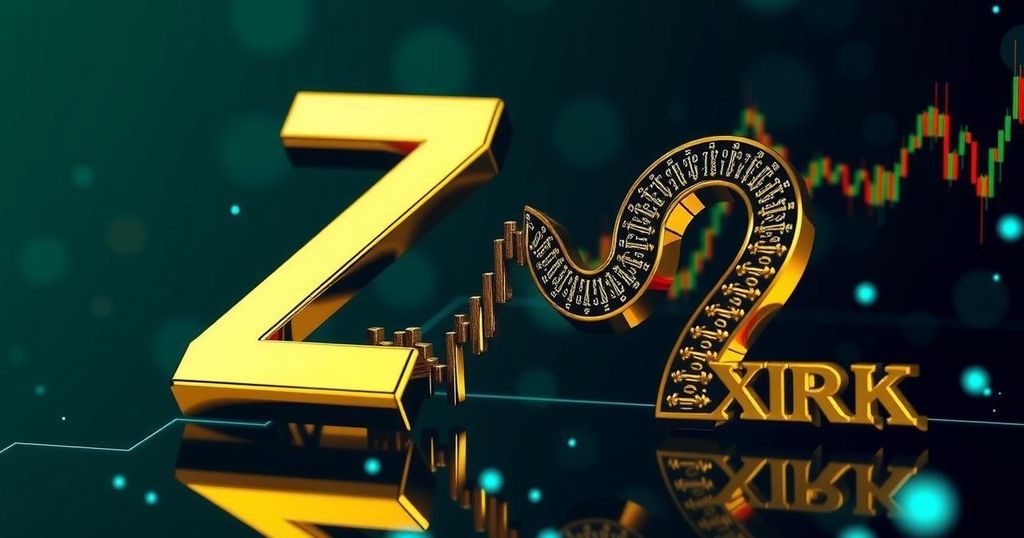
Post Comment